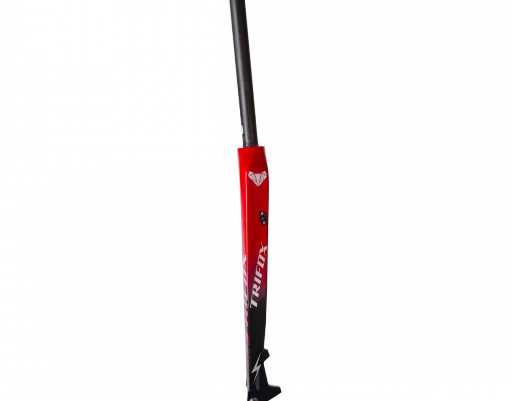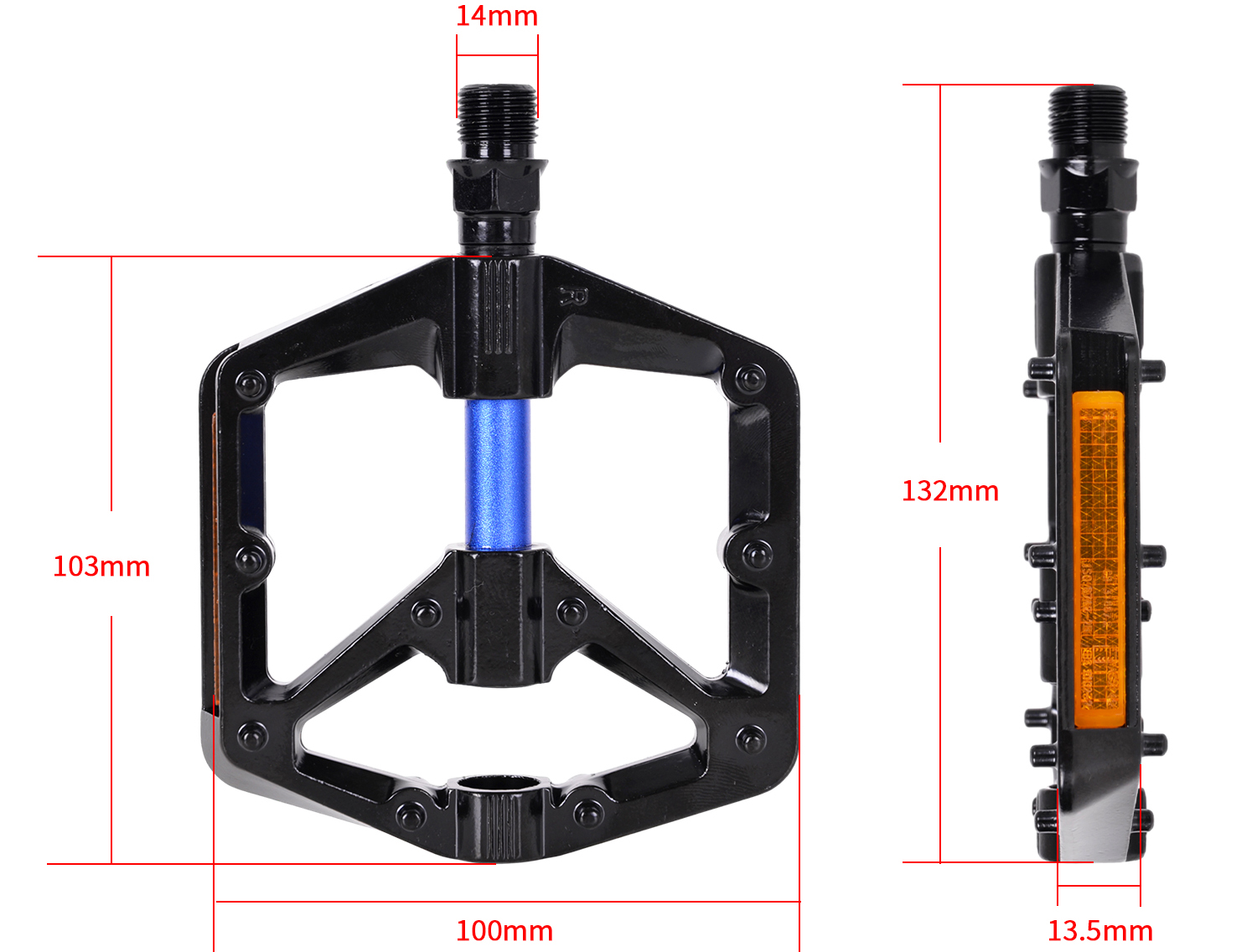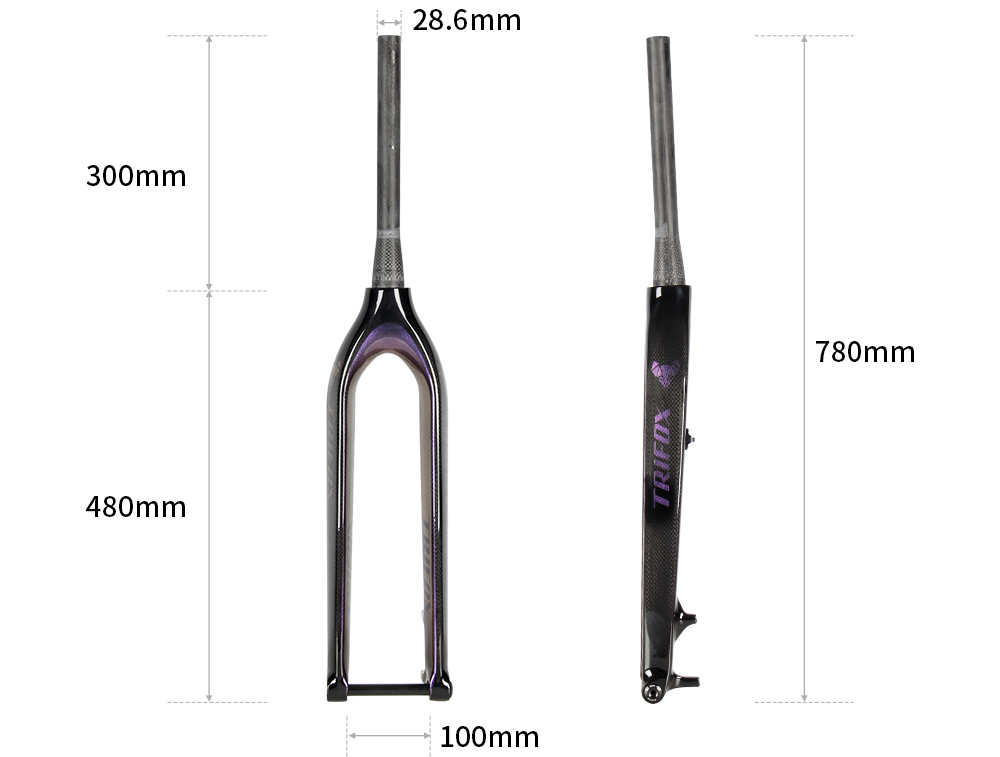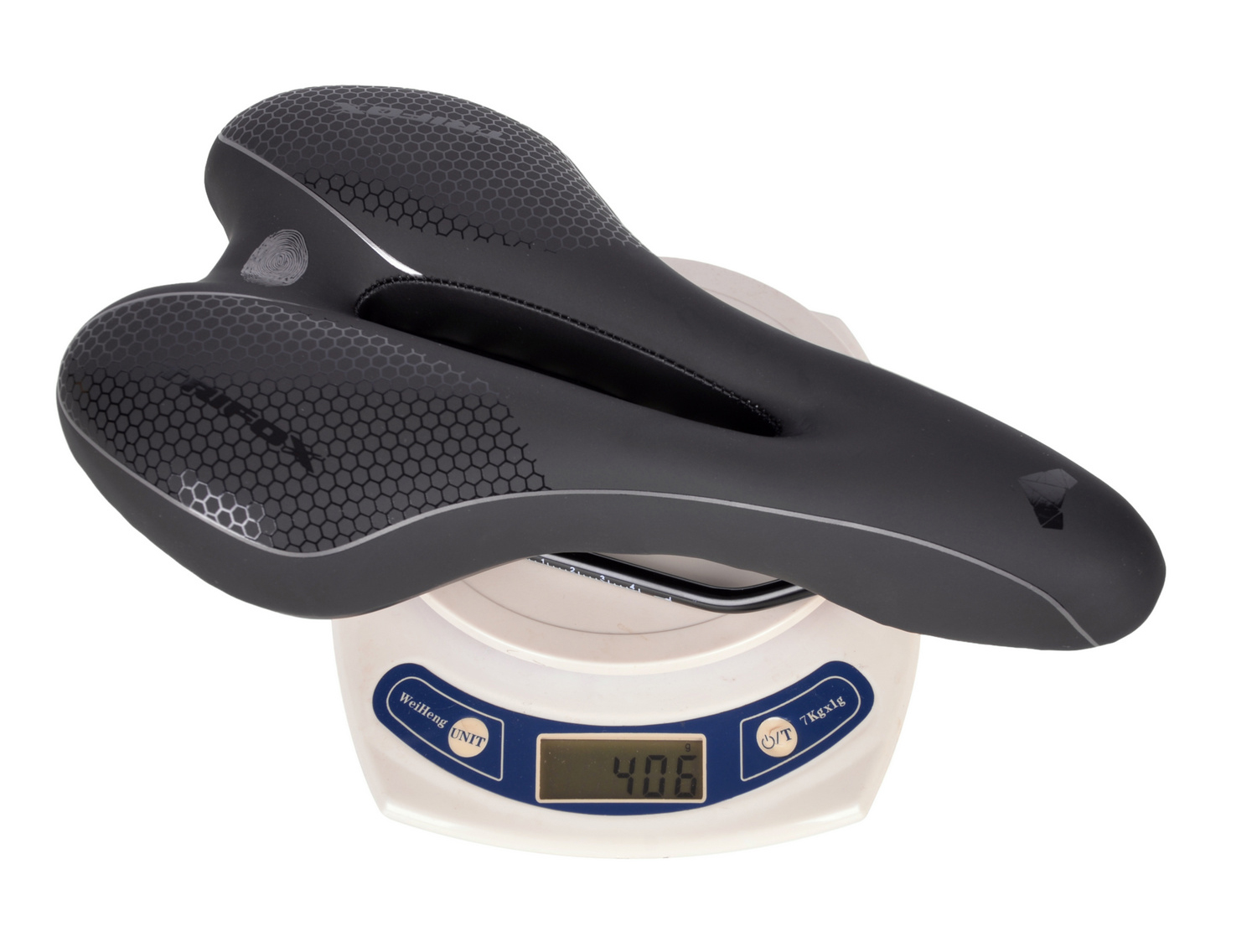The bike fork plays a pivotal role in your bicycle's performance, absorbing shock from the road and providing control over steering. If you're looking to upgrade your bike with a full carbon fork, or maintain one that's already installed, you've come to the right place.
Understanding the Role of a Full Carbon Fork
Full carbon forks, as the name suggests, are made entirely out of carbon fiber. They offer several advantages. Carbon fiber is lightweight, reducing the overall weight of your bike. It also has excellent vibration damping properties, providing a smoother ride. Additionally, carbon fiber is stiff, which enhances steering precision.
Installing a Full Carbon Fork
Installing a full carbon fork can be a technical task. Unless you have experience with bike maintenance, it may be best to have a professional handle the installation. However, if you're comfortable with DIY bike maintenance, here's a general guide:
1. Remove the Old Fork: The first step is to remove the old fork from your bike. This process will involve removing the front wheel, brakes, and possibly the handlebars to access the fork.
2. Prepare the New Fork: Before installing the new fork, you'll need to prepare it. This might involve cutting the steerer tube to the correct length and installing the crown race.
3. Install the New Fork: Once prepared, you can install the new fork. This involves sliding it into the head tube, reinstalling the headset, and adjusting everything so it fits correctly.
4. Reassemble the Bike: With the new fork installed, you can reassemble the rest of the bike. Be sure to adjust and test everything before you ride.

Maintaining a Full Carbon Fork
Once your new full carbon fork is installed, regular maintenance is key to ensure it continues to perform at its best:
1. Regular Cleaning: Keep your carbon fork clean to prevent buildup of dirt and grime that could degrade the material.
2. Inspect for Damage: Regularly inspect your fork for signs of damage. This can include cracks, chips, or any other signs of wear. If you notice anything concerning, have a professional check it out.
3. Service the Headset: The headset, which holds the fork in place, should be serviced regularly to keep everything running smoothly.
4. Avoid Over-Tightening: When making adjustments, avoid over-tightening bolts as this could damage the carbon.
In conclusion, installing and maintaining a full carbon fork on your bike can enhance your cycling experience. Regular maintenance ensures the durability and performance of the fork, providing you with many smooth rides ahead.




















































































